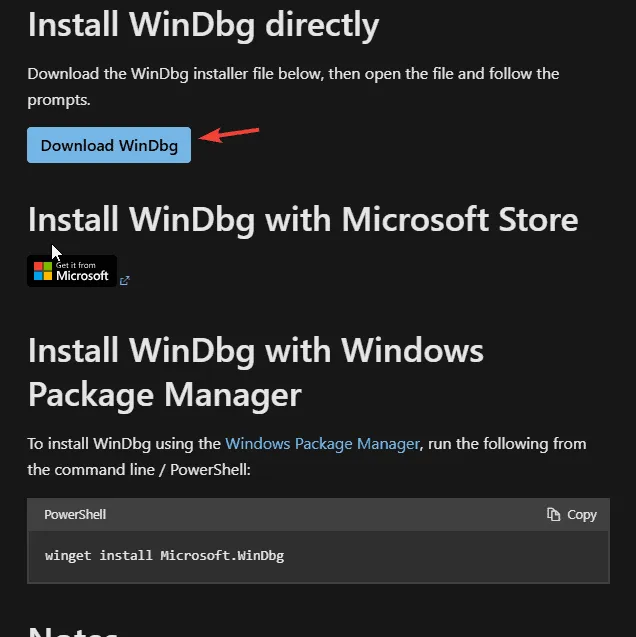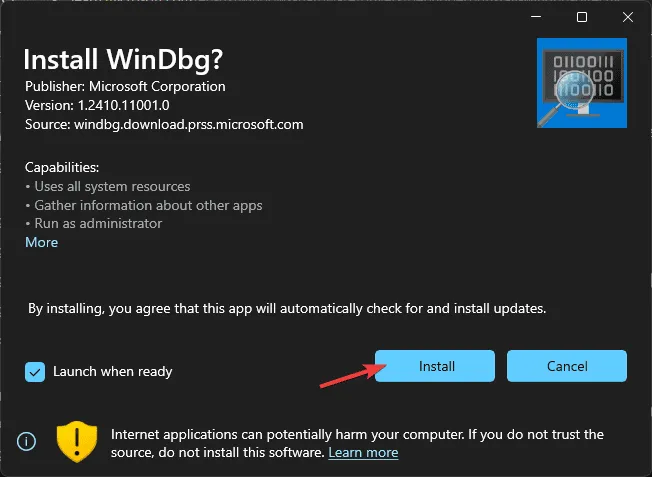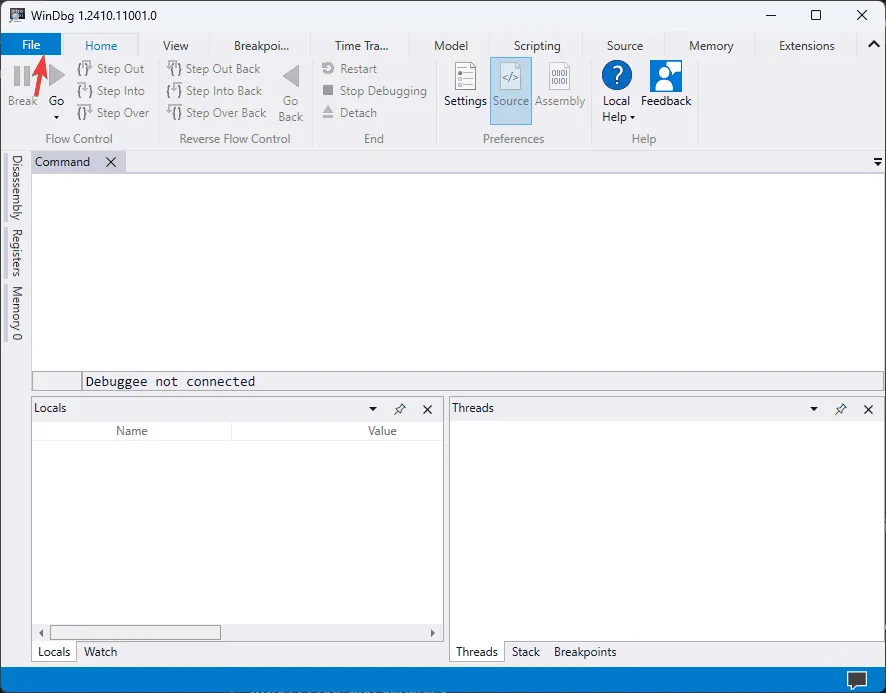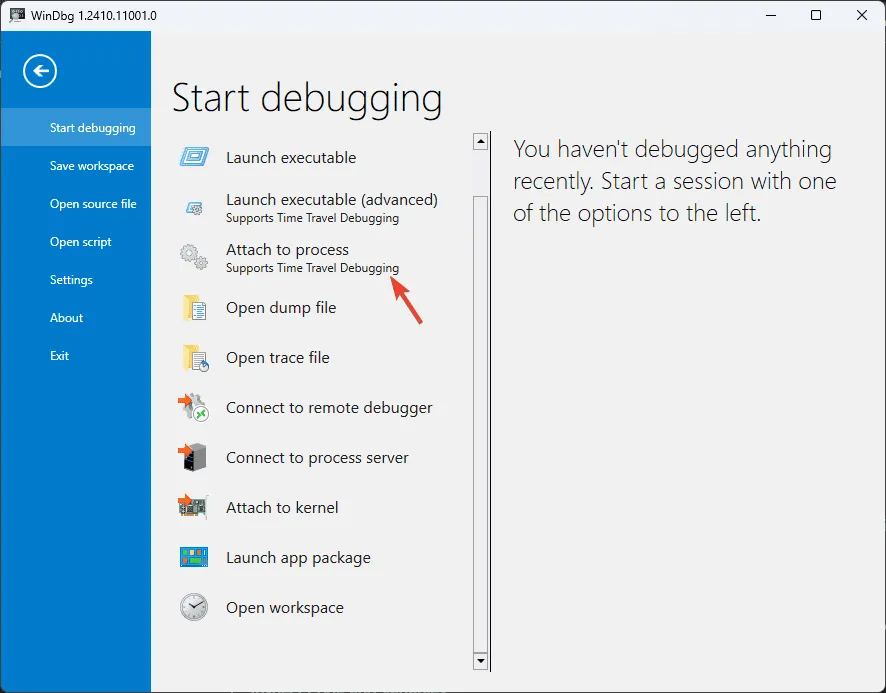The ERROR_INSTRUCTION_MISALIGNMENT error, designated by code 549 (0x225), indicates that a program attempted to execute an instruction at an improperly aligned memory address, which the host system does not support. This situation arises when an application tries to run instructions from a memory location that lacks the necessary alignment.
To resolve this issue, begin by confirming that your software is compatible with your CPU’s architecture. If you are utilizing virtual machines or emulators, ensure that the guest operating system is correctly configured to align with the software’s architecture.
How to Resolve ERROR_INSTRUCTION_MISALIGNMENT?
1. Verify Data Alignment
First and foremost, check that your data structures and memory assignments align properly with the designated boundaries. When programming in languages such as C or C++, make use of appropriate alignment directives and compiler-specific attributes.
Additionally, note that certain programming languages or libraries offer functions for aligned memory allocation, ensuring that the allocated memory adheres to the processor’s alignment requirements.
2. Review Your Code
Avoid accessing misaligned memory, as ERROR_INSTRUCTION_MISALIGNMENT can arise from attempts to access unaligned data. If you are utilizing pointers for data access, ensure that the pointer is correctly aligned before dereferencing it.
In cases where you manually handle memory in a lower-level programming language, proper allocation and access to data are crucial, as misaligned memory access can lead to this problem. If you have access to the source code, recompiling the software with correct alignment optimizations may help resolve the issue.
3. Examine Compiler Settings for Alignment
If you encounter issues related to misalignment, consider using compilers like Clang or GCC, which allow you to specify alignment constraints. It is important to verify that the compiler settings are correct, particularly if your code is sensitive to alignment. Ensure that you are using proper flags for alignment during compilation.
Some compilers also provide options to handle misalignment. Utilize flags such as -fstrict-aliasing or -march=native to ensure that the target architecture maintains proper alignment.
4. Consider Alternative Hardware or Virtual Tools
If you are running the software on an outdated CPU, consider trying it on more modern hardware. Older processors may not interact well with unaligned instruction references, resulting in errors like ERROR_INSTRUCTION_MISALIGNMENT.
If the issue persists while using a virtual machine, transitioning to physical hardware may help determine if the problem is rooted in the virtual environment.
5. Utilize WinDbg for Debugging
- Start by launching WinDbg on your system. If it is not installed, click here to download it.
- On the next page, click Download WinDbg to obtain the installation files.

- Double-click the installation file and follow the prompts to complete the setup.

- After installation, launch WinDbg and navigate to File.

- From the Start Debugging page, select Attach to process.

- Choose the process that is generating the ERROR_INSTRUCTION_MISALIGNMENT error.
- To set a breakpoint, enter the following command in the WinDbg command window and press Enter:
sxe ld:0x225 - Type g to proceed with executing the program. WinDbg will halt execution when it encounters 0x225.
- Input k to display the call stack and identify the function calls leading to the misalignment.
With this setup, you can utilize additional commands such as u (unassemble) and! analyze—v to examine the code and gain insights into the root cause of the issue.
In summary, resolving ERROR_INSTRUCTION_MISALIGNMENT requires ensuring proper data alignment, reviewing your code, adjusting compiler settings, considering alternative hardware solutions, and using debugging tools like WinDbg to pinpoint the issue.
If you have any inquiries or additional suggestions regarding the error, please feel free to share them in the comments section below.


